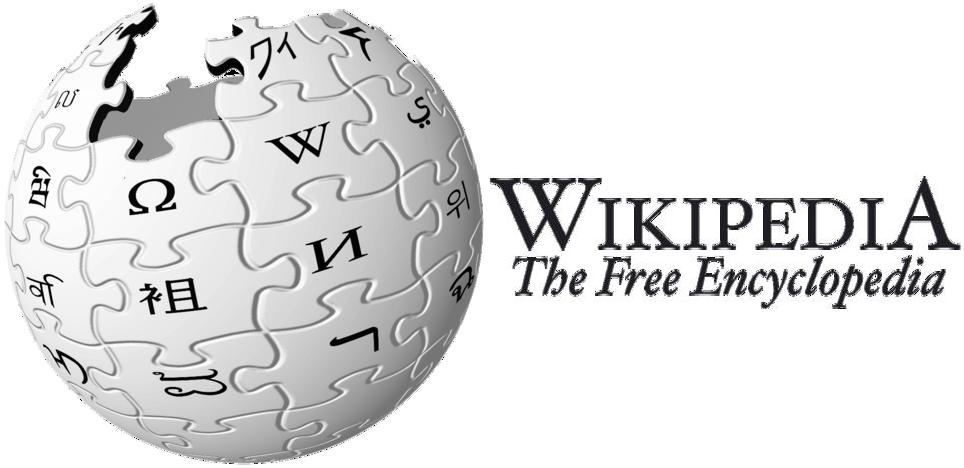What is WIKIPEDIA?

A Wikipedia is a collaborative website that can be edited by multiple users. Users of a wiki can create, edit, delete or modify the web page content in an interactive, easy and fast way and these facilities makes a wiki an effective tool for writing and sharing collaborative information.
HISTORY Of Wikipedia
We will rely on the history of Wikipedia that is one of the most famous wikis.
Wikipedia began as a project on January 15, 2001. The original idea soon caught in other languages only two months later, on March 16, 2001, which was the German Wikipedia, but paradoxically up to two months, it did not had collaborators. At March 31, 2008 all editions had joined 9,790,407 items, of which 2,259,431 (24.136%) for the Wikipedia in English.
In March 2000, Jimbo Wales created Nupedia, an encyclopedia project based on an ambitious process of peer review designed to make their articles of a quality comparable to that of encyclopedias professionals to the participation of scholars (mostly doctoral candidates and academics), who intended to work on a non-paid basis.
Due to the slow progress of the project in 2001, a wiki (UseMod) connected to Nupedia Originally intended to expedite the creation of items in parallel, before they pass the peer review system.
There is some controversy among the founders of Nupedia who proposed originally the idea of using a wiki to Jimbo Wales, Larry Sanger if either a third person. But the fact is that the success of that “small project parallel” (Wikipedia) ended up eclipsing Nupedia, which ceased operation in 2003.
Larry Sanger, editor responsible for Nupedia, went to work with Wikipedia and worked actively in the organization and project guidelines. His contribution marked an important bias in the initial orientation project until the project was split in February 2002. In the Wales, it currently holds the reins of the initiative, both in time spent and resources, and is a member of the Wikimedia Foundation, which deals with supervision. At this point there are no publishers or personnel that are hired for the project. Wikipedia works with a voluntary contribution of thousands of Wikipedians.
On September 20, 2004 Wikipedia reached one million articles in 105 languages and caused a considerable attention from the media communication. The article “a million” was published in Hebrew and addresses the issue of Kazakhstan’s official teaching.
On March 1, 2006 Wikipedia had over a million articles.
- Wikis have a true hypertext medium, with navigational structures. Each page contains a large number of links to other pages.
- Links are created using a specific syntax “patterns”. In a traditional wiki, there are three representations for each page: The “source code”, editable by users. Format is stored locally on the dedicated servers. It is usually plain text, visible only for the user when the operation “Edit” is shown.
- A template (may internally generated) that defines the layout and common elements of all pages.
Is there a vandalism and if yes, how it is controlled?
Yes if there is vandalism on the wiki (Usually made by unknown individuals) that deleted important content, introduce errors, added inappropriate or offensive content (e.g. insults), or just blatantly violate the rules of the wiki, are also common spam attempts, for example: The introduction of a wiki link to rise in the Internet search engines. Attempts to advertise or proselytize (of ideology, religion or other) through the wiki.
Login material that violates copyrights.
Some solutions used to combat vandals are:
Quickly revert your changes, so that they become discouraged
Why HTML?
The reason for this design with HTML is that, with many of its cryptic labels, it is not easily read by non-technical users. HTML tags cause the text itself and it is difficult to read and edit for most users. Therefore promotes the use of plain text editing with a few simple conventions for structure and style.
Sometimes it is beneficial that users cannot use certain functionality that HTML allows, such as JavaScript, CSS and XML. It get consistency in the display as well as extra security for user. In many insertions of wiki, a hyperlink is exactly as shown, unlike in HTML.
Track Changes
Wikis are generally designed with the philosophy of making it easy to correct mistakes, rather it is difficult to make. The wikis are very open, even provide a means to verify the validity of recent changes on content pages. In almost every wiki, there is a specific page,”Recent Changes”, which lists the latest editions of articles or a list of changes made during a period of time. Some wikis can filter the list to undo changes made by vandalism.
From the change log, other functions: the “History Review “show earlier versions of the page and the different feature highlighting the changes between two revisions.
Using an editor can view and restore a previous version of History of the article and the feature can be used to decide when that is necessary or not. A regular wiki user can see the difference of an edit listed on the “Recent Changes” and, if an unacceptable edit, consult the history and restore a previous version. This process is more or less complicated depending on who uses the wiki software.
In case if unacceptable edits are missed on “Recent Changes”, some wiki provide additional content control that can monitor the page to ensure that a page or a set maintain the quality of pages.
- How Cloud Computing Is Changing The Labor Market - March 25, 2015
- Adopting Infrastructure as a Service Can be a Good Deal - March 17, 2015
- Will Virtualize? Take These Six Points Into Consideration - March 12, 2015
